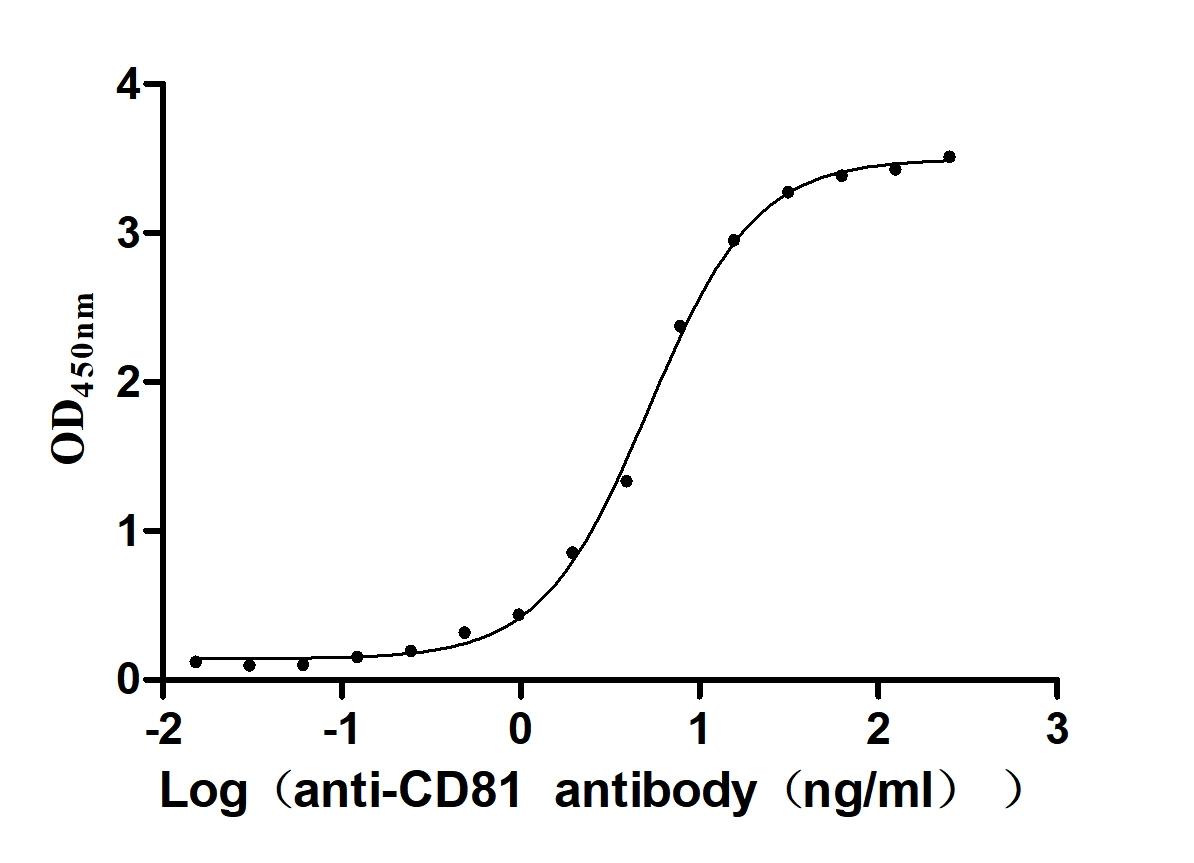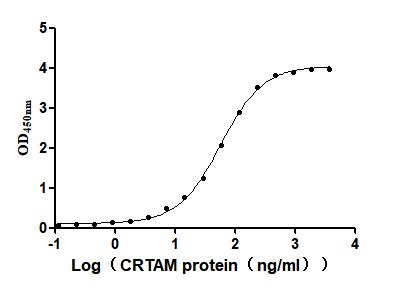Recombinant Mouse Hyaluronan synthase 2 (Has2), partial
-
中文名稱:小鼠Has2重組蛋白
-
貨號:CSB-YP010140MO
-
規(guī)格:¥2208
-
圖片:
-
其他:
產(chǎn)品詳情
-
純度:Greater than 90% as determined by SDS-PAGE.
-
基因名:Has2
-
Uniprot No.:
-
別名:Has2; Hyaluronan synthase 2; EC 2.4.1.212; Hyaluronate synthase 2; Hyaluronic acid synthase 2; HA synthase 2
-
種屬:Mus musculus (Mouse)
-
蛋白長度:Partial
-
來源:Yeast
-
分子量:37.9kDa
-
表達區(qū)域:67-374aa
-
氨基酸序列EHRKMKKSLETPIKLNKTVALCIAAYQEDPDYLRKCLQSVKRLTYPGIKVVMVIDGNSDDDLYMMDIFSEVMGRDKSATYIWKNNFHEKGPGETEESHKESSQHVTQLVLSNKSICIMQKWGGKREVMYTAFRALGRSVDYVQVCDSDTMLDPASSVEMVKVLEEDPMVGGVGGDVQILNKYDSWISFLSSVRYWMAFNIERACQSYFGCVQCISGPLGMYRNSLLHEFVEDWYNQEFMGNQCSFGDDRHLTNRVLSLGYATKYTARSKCLTETPIEYLRWLNQQTRWSKSYFREWLYNAMWFHKHHL
Note: The complete sequence may include tag sequence, target protein sequence, linker sequence and extra sequence that is translated with the protein sequence for the purpose(s) of secretion, stability, solubility, etc.
If the exact amino acid sequence of this recombinant protein is critical to your application, please explicitly request the full and complete sequence of this protein before ordering. -
蛋白標簽:N-terminal 6xHis-tagged
-
產(chǎn)品提供形式:Liquid or Lyophilized powder
Note: We will preferentially ship the format that we have in stock, however, if you have any special requirement for the format, please remark your requirement when placing the order, we will prepare according to your demand. -
緩沖液:If the delivery form is liquid, the default storage buffer is Tris/PBS-based buffer, 5%-50% glycerol.
Note: If you have any special requirement for the glycerol content, please remark when you place the order.
If the delivery form is lyophilized powder, the buffer before lyophilization is Tris/PBS-based buffer, 6% Trehalose. -
儲存條件:Store at -20°C/-80°C upon receipt, aliquoting is necessary for mutiple use. Avoid repeated freeze-thaw cycles.
-
保質(zhì)期:The shelf life is related to many factors, storage state, buffer ingredients, storage temperature and the stability of the protein itself.
Generally, the shelf life of liquid form is 6 months at -20°C/-80°C. The shelf life of lyophilized form is 12 months at -20°C/-80°C. -
貨期:Basically, we can dispatch the products out in 1-3 working days after receiving your orders. Delivery time may differ from different purchasing way or location, please kindly consult your local distributors for specific delivery time.Note: All of our proteins are default shipped with normal blue ice packs, if you request to ship with dry ice, please communicate with us in advance and extra fees will be charged.
-
注意事項:Repeated freezing and thawing is not recommended. Store working aliquots at 4°C for up to one week.
-
Datasheet & COA:Please contact us to get it.
相關(guān)產(chǎn)品
靶點詳情
-
功能:Catalyzes the addition of GlcNAc or GlcUA monosaccharides to the nascent hyaluronan polymer. Therefore, it is essential to hyaluronan synthesis a major component of most extracellular matrices that has a structural role in tissues architectures and regulates cell adhesion, migration and differentiation. This is one of the isozymes catalyzing that reaction and it is particularly responsible for the synthesis of high molecular mass hyaluronan. Required for the transition of endocardial cushion cells into mesenchymal cells, a process crucial for heart development. May also play a role in vasculogenesis. High molecular mass hyaluronan also play a role in early contact inhibition a process which stops cell growth when cells come into contact with each other or the extracellular matrix.
-
基因功能參考文獻:
- allergen-challenged mice that overexpress HAS2 in myofibroblasts and smooth muscle cells develop increased airway fibrosis, which lessens airway hyperresponsiveness to bronchoconstrictors. PMID: 28787175
- Expression of the innate immune receptor Toll-like receptor 4 (TLR4) and the extracellular matrix glycosaminoglycan hyaluronan (HA) on type 2 alveolar epithelial cells (AEC@2) are important for AEC2 renewal, repair of lung injury and limiting the extent of fibrosis. Either deletion of TLR4 or HA synthase 2 in surfactant-protein-C-positive AEC2s leads to impaired renewal capacity, severe fibrosis and mortality. PMID: 27694932
- Has2 mRNA was expressed in the surrounding mesenchyme from E12.0 to 18.0 in both molar and incisor tooth germs, but disappeared after birth. PMID: 27289075
- the ineffective repair of injured cartilage in Has1(-/-) joints can be at least partly explained by the markedly enhanced expression of particular genes in pathways linked to ECM turnover, IL-17/IL-6 cytokine signaling, and apoptosis. PMID: 26521733
- these results highlight the role of nSMase2 in apoptosis evoked by nutrient starvation that could contribute to the delayed apoptosis of hypertrophic chondrocytes in the growth plate, and emphasize the antiapoptotic properties of HAS2 PMID: 25555205
- mir-23a-3p causes cellular senescence by targeting hyaluronan synthase 2: possible implication for skin aging. PMID: 25264594
- Has2 expression and hyaluronan produced at the tips of epithelial cells play a critical role in driving tubulogenesis and branching in vitro. PMID: 25163516
- Hyaluronan synthase 2 has a role in protecting skin fibroblasts against apoptosis induced by environmental stress PMID: 25266724
- Stimulation with LPS caused rapid increases in versican mRNA and protein, a rapid increase in Has1 mRNA, and concomitant inhibition of hyaluronidases 1 and 2, the major hyaluronan degrading enzymes PMID: 24472738
- This study demonistrated that Has2 expression in adult mouse subventricular zone and rostral migratory stream and in ischemic cortex. PMID: 23391595
- This study identifies Has2 as a novel downstream target of Shh signaling required for joint patterning and chondrogenesis. PMID: 23313125
- HAS2 was significantly upregulated at the level of gene expression during muscle hypertrophy. PMID: 22785117
- NSMase2/Cer are the key mediators of the regulation of HA synthesis, via microdomains and the Akt/mTOR pathway PMID: 22383528
- Inhibition of Has2 expression and extracellular hyaluronic acid production requires MiR23 in the embryonic heart to restrict endocardial cushion formation. PMID: 21778427
- Data show that Has2 knockout mice died near birth and displayed severe abnormality in skeletal development. PMID: 21224752
- PDGF-BB stimulates cultured cardiomyocytes to synthesize the extracellular matrix component hyaluronan via HAS2 PMID: 21200430
- Data suggest that hyaluronan production by Has2 in chondrocytes is not only essential for formation of an organized growth plate and subsequent long bone growth but also for normal modeling of the diaphyseal bone. PMID: 21246657
- hyaluronan synthase 2 activity is regulated by dimerization and ubiquitination PMID: 20507985
- Expression of the mouse HAS2 gene in Drosophila tissues by the Gal4/UAS system resulted in massive HA accumulation in the extracellular space,supporting the idea that in vivo HA biosynthesis does not require molecules other than the HAS protein PMID: 14966127
- Has2 expression was impaired in oocyte-cumulus cell complexes in knockout mice. PMID: 15531364
- strongly, albeit transiently, expressed in numerous embryonic tissues PMID: 15765504
- natural antisense mRNAs of HAS2 may have an important and novel regulatory role in the control of HAS2, hyaluronan biosynthesis, and HA-dependent cell functions PMID: 15843373
- Has2 deficiency illustrates the crucial role of hyaluronan in skeletal growth, patterning, chondrocyte maturation and synovial joint formation in the developing limb. PMID: 19633173
- Tbx2, a central intermediary of Bmp-Smad signaling, has a central part in directing Has2 and Tgfbeta2 expression, facilitating endocardial cushions formation. PMID: 19846762
顯示更多
收起更多
-
亞細胞定位:Membrane; Multi-pass membrane protein.
-
蛋白家族:NodC/HAS family
-
組織特異性:Expressed in heart, brain, spleen, lung and skeletal muscle.
-
數(shù)據(jù)庫鏈接:
Most popular with customers
-
Recombinant Human Tumor necrosis factor ligand superfamily member 18 (TNFSF18), partial (Active)
Express system: Mammalian cell
Species: Homo sapiens (Human)
-
Recombinant Human Receptor tyrosine-protein kinase erbB-2 (ERBB2), partial (Active)
Express system: Mammalian cell
Species: Homo sapiens (Human)
-
Recombinant Human Cytokine receptor common subunit beta (CSF2RB), partial (Active)
Express system: Mammalian cell
Species: Homo sapiens (Human)
-
Recombinant Human IGF-like family receptor 1 (IGFLR1), partial (Active)
Express system: Mammalian cell
Species: Homo sapiens (Human)
-
Recombinant Human Tissue factor pathway inhibitor (TFPI), partial (Active)
Express system: Mammalian cell
Species: Homo sapiens (Human)
-
Recombinant Human Claudin-6 (CLDN6)-VLPs, Fluorescent (Active)
Express system: Mammalian cell
Species: Homo sapiens (Human)
-
Recombinant Human CD81 antigen (CD81), partial (Active)
Express system: Mammalian cell
Species: Homo sapiens (Human)
-
Recombinant Mouse Cytotoxic and regulatory T-cell molecule (Crtam), partial (Active)
Express system: Mammalian cell
Species: Mus musculus (Mouse)

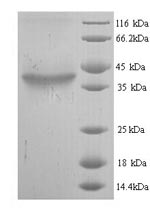


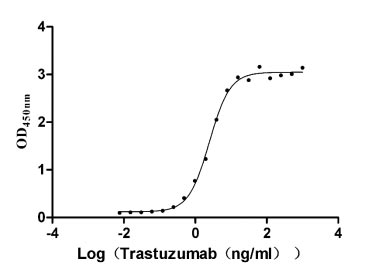
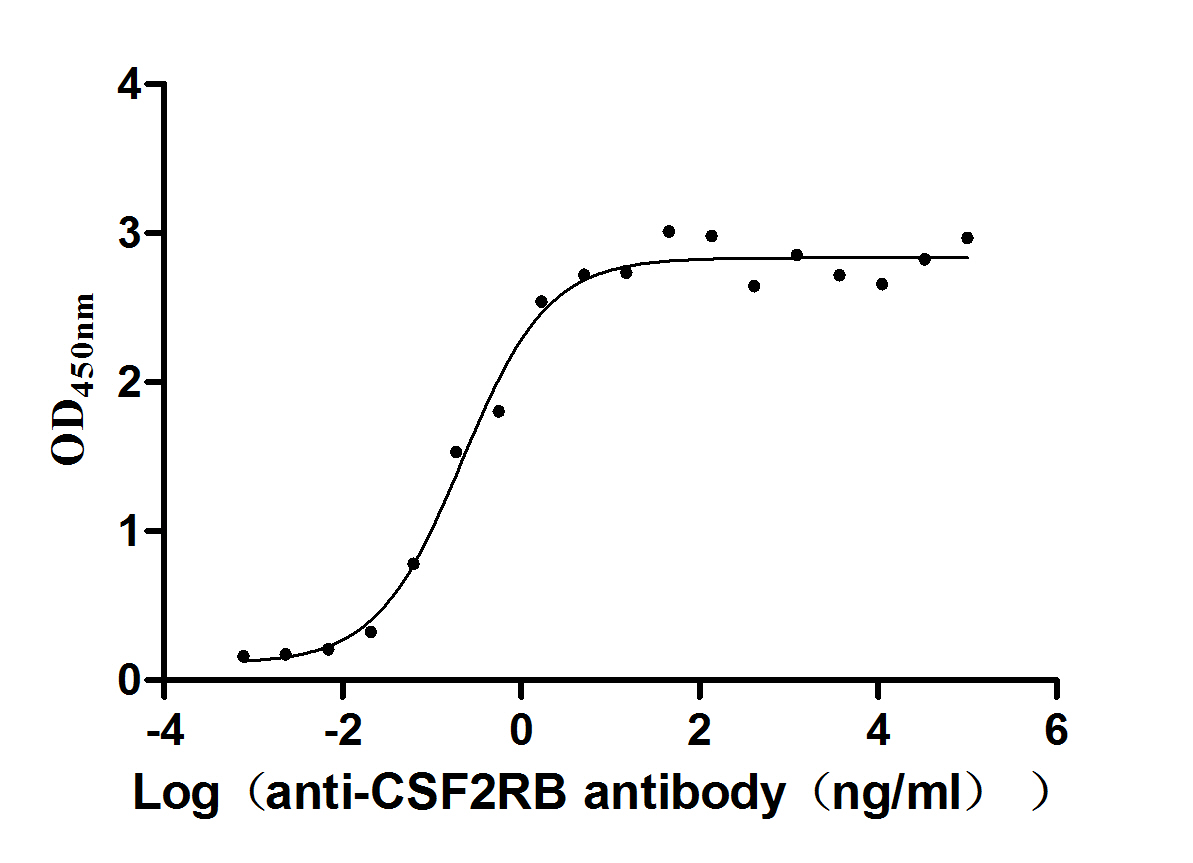

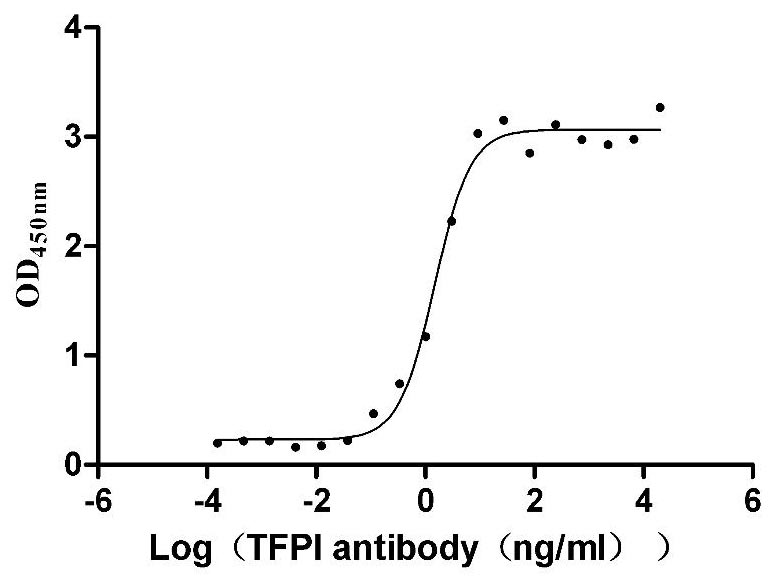
f4-AC1.jpg)
